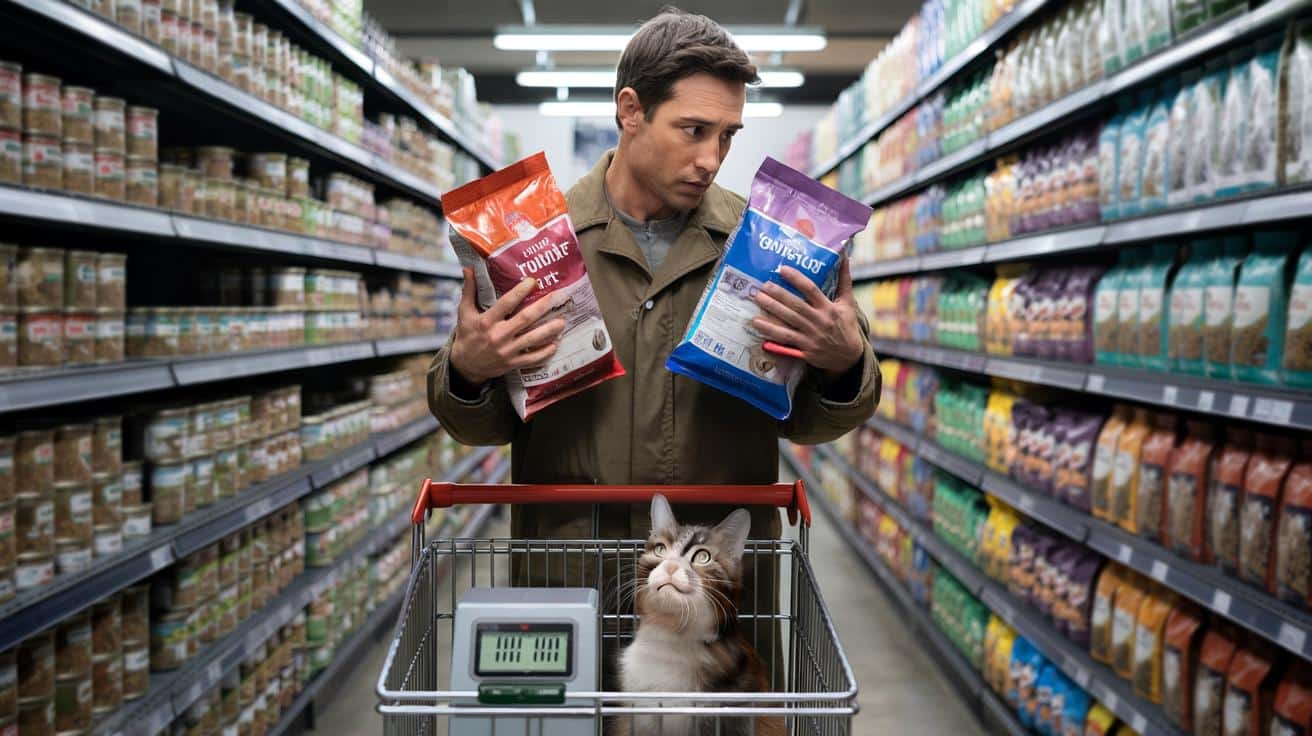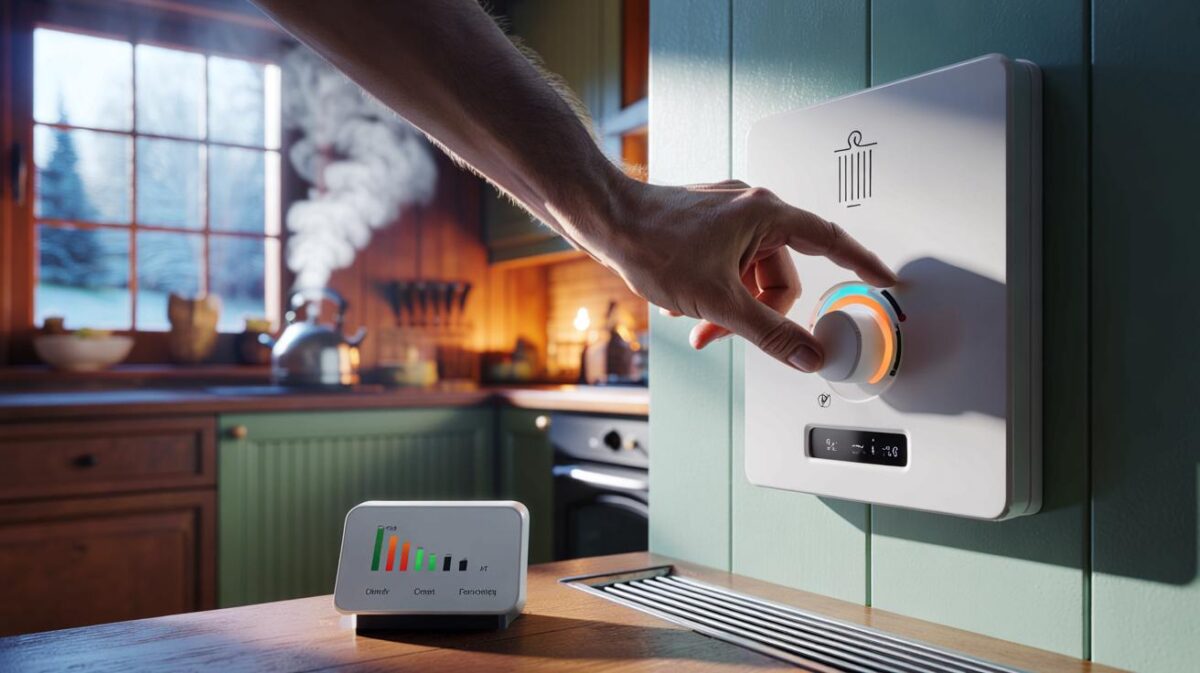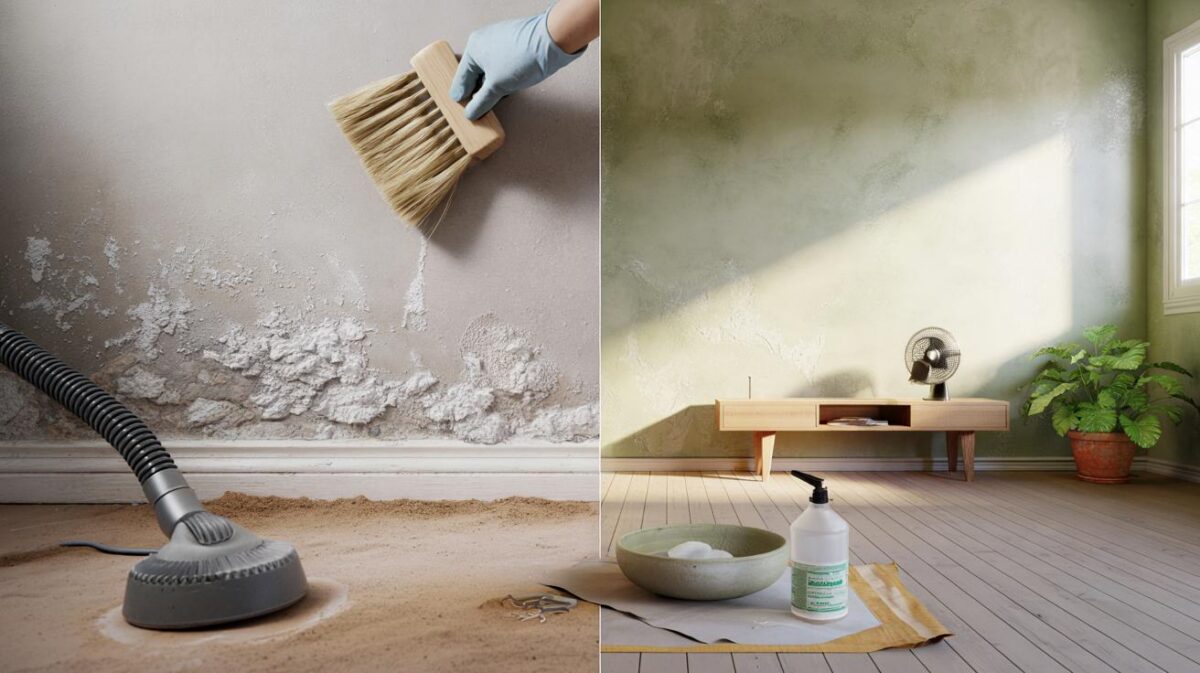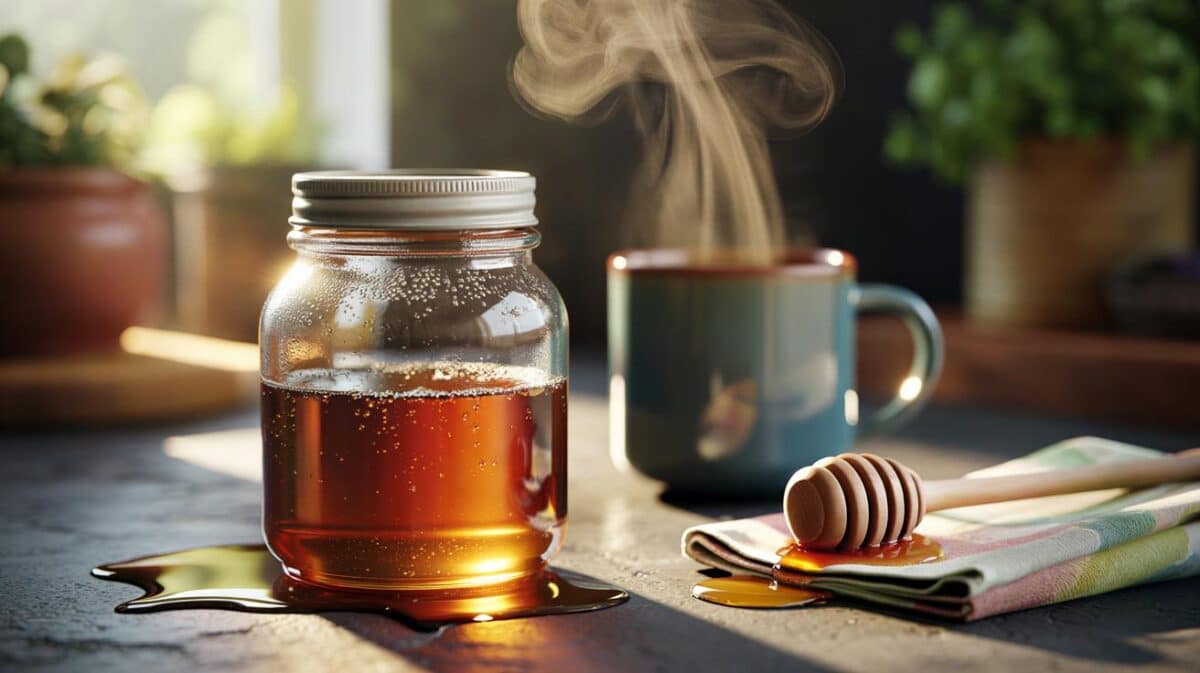The pet aisle looks like a sweet shop for humans. Shiny pouches, big promises, and price tags that shift faster than your cat’s mood. One wrong pick won’t just irritate your feline critic. It can nudge you into vet bills, waste, and a feeding routine that quietly backfires.
A man in a work jacket stands frozen between “Senior Salmon” and “Indoor Chicken”, his cat carrier balanced on the trolley like a small, furry jury. He’s peering at a label that screams “gourmet”, though the number on the shelf label screams louder.
He glances at his phone, then at the bag. The vet had mentioned crystals, water intake, and portion sizes. None of that is written in the shiny fonts. He picks up the expensive box, hesitates, and swaps it for another.
The bag doesn’t tell the whole story.
What your cat actually needs (and what your wallet doesn’t)
Cats don’t need marketing; they need nutrients. Start by spotting the word **complete** on the label, not “complementary”. One feeds as a full diet, the other is just a topper. Look for a life-stage match too: kitten, adult, or senior.
Most reputable foods in the UK meet FEDIAF guidelines, even if the acronym means nothing at 7am when you’re bleary. Taurine, the right fats, and digestible protein matter more than whether the bag has a plush tiger on it. *Cats don’t read labels; we do.*
Picture this. A reader from Leeds sent me a photo of her cat, Poppy, perched on a stack of tuna tins. Cute? Very. Balanced? Not at all. She’d been feeding “complementary” pouches as meals because the packaging looked premium.
Poppy dropped weight and went dull in the coat. A quick switch to a mid-range **complete** wet food, with the same protein listed first, changed everything. Price per day went down. Vet rechecks looked fine. Poppy kept the tuna as a weekend treat, because she is a cat and standards remain high.
Think in nutrients and water, not trends. Dry food can be cost-effective per calorie, though cats naturally drink less and often benefit from moisture in meals. A mix works well for many: wet for hydration, dry for convenience.
Check the back-of-pack feeding guide as a starting point, then nudge up or down based on body condition, not hope. Don’t chase the most expensive bag. Pay for what’s inside, not the ad budget.
Smart feeding that saves money and drama
Portion with a scale, not a scoop. Kitchen scales cost less than a month of fancy treats and pay you back in gram-level control. Feed to your cat’s target weight, not current weight if they’re tubby.
Add water to wet food if they’ll accept it. Keep meals in small, regular servings rather than one mountain at night. Place bowls well away from litter and noise, because stress shows up in the bowl.
The most common traps are the quiet ones. Free-pouring kibble and topping up “just a bit” until the bowl is never empty. Jumping between brands every other day because the last one wasn’t a hit.
We’ve all had that moment when the bowl returns half-full and you panic-buy the nearest “sensitive” recipe. Give a new food 10–14 days, mixing gradually. **Grain-free isn’t a magic word**, nor is “boutique”. Let’s be honest: no one does that every day.
When in doubt, listen to someone who sees the results.
“I don’t care if the bag is pretty,” a London vet told me with a shrug. “I care if your cat is hydrated, maintaining muscle, and not piling on snacks disguised as love.”
- Check the word **complete** on the front or back.
- Pick a main protein your cat tolerates, rotate gently every few months.
- Store kibble in its original bag, sealed, and use within 6–8 weeks of opening.
- Buy small first, then bulk if your cat truly likes it.
- Watch treat calories; keep them under 10% of daily intake.
- Keep a second water bowl far from food; many cats prefer it that way.
Putting it all together at home
Build a routine that survives real life. Two or three small meals, measured, and a quiet spot where the dog can’t hover. Wet food for the main meals if your cat leans dry, or a 50/50 split if that’s easier for your schedule.
Stick the feeding guide on the fridge with the current grams circled. If your cat gains, drop a little and recheck in two weeks. If they lose, add a little. Keep one consistent treat they love, and count it.
Watch the cat, not the box. A shiny coat, steady energy, and tidy stools tell you more than the ad copy ever will.
Here’s the quiet truth about pet food and budgets: the expensive mistake isn’t always the pricey bag. It’s the bag your cat won’t eat, or the diet that nudges them into bladder trouble, or the free-pour habit that turns into a weight problem and a vet chat you didn’t plan for.
Share brands with friends, split bulk orders, and set a reminder to rotate flavours slowly. Ask your vet nurse for feeding grams and a body condition chart that makes sense in your kitchen, not only in the clinic.
It’s ordinary, small stuff. It’s also where the real savings live.
| Point clé | Détail | Intérêt pour le lecteur |
|---|---|---|
| Spot “complete” vs “complementary” | Only “complete” is a full diet; “complementary” is a topper | Avoids nutrient gaps and surprise vet costs |
| Portion by grams | Use a kitchen scale; adjust to body condition | Prevents overfeeding and wasted food |
| Mix wet and dry wisely | Wet boosts hydration; dry adds convenience and value | Balances health, habit, and budget |
FAQ :
- How do I read cat food labels quickly?Look for the word “complete” and a life stage (kitten/adult/senior). Scan the first ingredients for named proteins. If it says “complementary”, it’s not a full meal.
- Is wet or dry food cheaper and better?Dry is often cheaper per calorie and stores well. Wet supports hydration and can help picky eaters. Many households do a mix to get the best of both.
- How much should I feed an indoor cat?Start with the guide on the pack for your cat’s ideal weight. Weigh meals. Adjust every two weeks based on body shape, not just the scale.
- Are home-cooked or raw diets more economical?Not usually. Balanced recipes need precise supplements and hygiene. Incomplete or unsafe prep can create big medical bills fast.
- Do I need grain-free or exotic proteins?Only if your vet suspects a food reaction. Most cats do well on standard proteins. Novel meats tend to cost more without automatic benefits.










Finally someone explained « complete » vs « complementary » in plain English. That tip about checking the word on the lable saved me; I’d been using fancy toppers as meals. Switching this week—thank you!
Any mid-range UK wet foods you’d reccomend as “complete” for a 6-year-old indoor cat? Also, how much water can I add before it turns into soup they refuse?